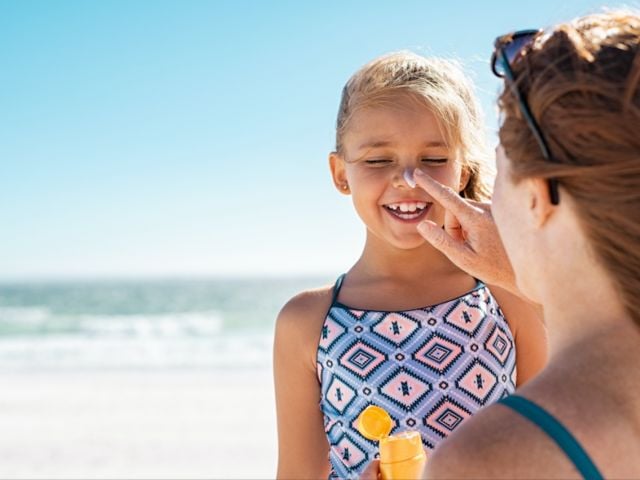Oakland, Calif. – California state scientists have found that some nail polishes widely used in California salons are laced with high levels of three chemicals linked to birth defects, asthma and other health risks.
“Consumers and salon workers should be able to trust labels that claim products are free of toxic chemicals, but this report shows that’s just not the case,” said Rebecca Sutton, Ph.D., senior scientist with Environmental Working Group. “Salons shouldn’t expose clients or employees to substances that could have profound health effects on themselves or their children.”
Though several labels said “non-toxic,” investigators with the California Department of Toxic Substances Control found dibutyl phthalate, toluene and formaldehyde, commonly called “the toxic trio,” present in several of the 25 randomly-chosen nail polishes from 6 distributors that sell to many of the 48,000 salons in California.
According to the state’s report, 10 of 12 polishes that claimed to be free of toluene contained the substance. It helps give polishes a flat and even finish and keeps the color from separating in the bottle. Even low levels of toluene can, if inhaled, cause nausea, memory and hearing loss and weakness.
Five of seven of the products that claimed to be free of all three chemicals were found to contain one or more of the chemicals at elevated levels, according to investigators.
In November 2000, EWG researchers surveyed a number of cosmetics products for toxic ingredients and discovered 37 nail polishes from 22 companies contained dibutyl phthalate, also known as DBP, a plasticizer that increases the flexibility and shine of the polish. In September 2000, researchers at the federal Centers for Disease Control and Prevention reported that all 289 persons tested for DBP carried the compound in their bodies. Dibutyl phthalate causes a number of birth defects in lab animals, primarily in male offspring. These defects include testicular atrophy, reduced sperm count, and abnormalities in the structure of the penis.
Women of childbearing age appeared to receive the highest exposures to DBP. Estimates based on data published by CDC researchers in October 2000 indicate that DBP exposures for 3 million women of childbearing age may be up to 20 times greater than for the average person. Children born to these women would receive considerable exposure while in the womb, undergoing the most sensitive period of growth and development.
The third chemical to make up the “toxic trio” is formaldehyde, labeled a known human carcinogen by the World Health Organization. Federal and state authorities have warned salon employees and clients against exposure to formaldehyde-based hair straighteners. In nail products, formaldehyde acts as a hardener and a preservative. Exposure to formaldehyde damages lung tissue and can cause asthma.
“Whether cosmetics products are mislabeled or not, the truth is many personal care products are delivering a number of highly suspicious chemicals into our bodies,” said Sutton. “The industry is largely unregulated, allowing cosmetics companies to use any mix of chemicals they choose. Professional products found in salons are not required to provide consumers with even the most basic information on their ingredients.”
###
EWG is a nonprofit research organization based in Washington, DC and Oakland, California that uses the power of information to protect human health and the environment. https://www.ewg.org



